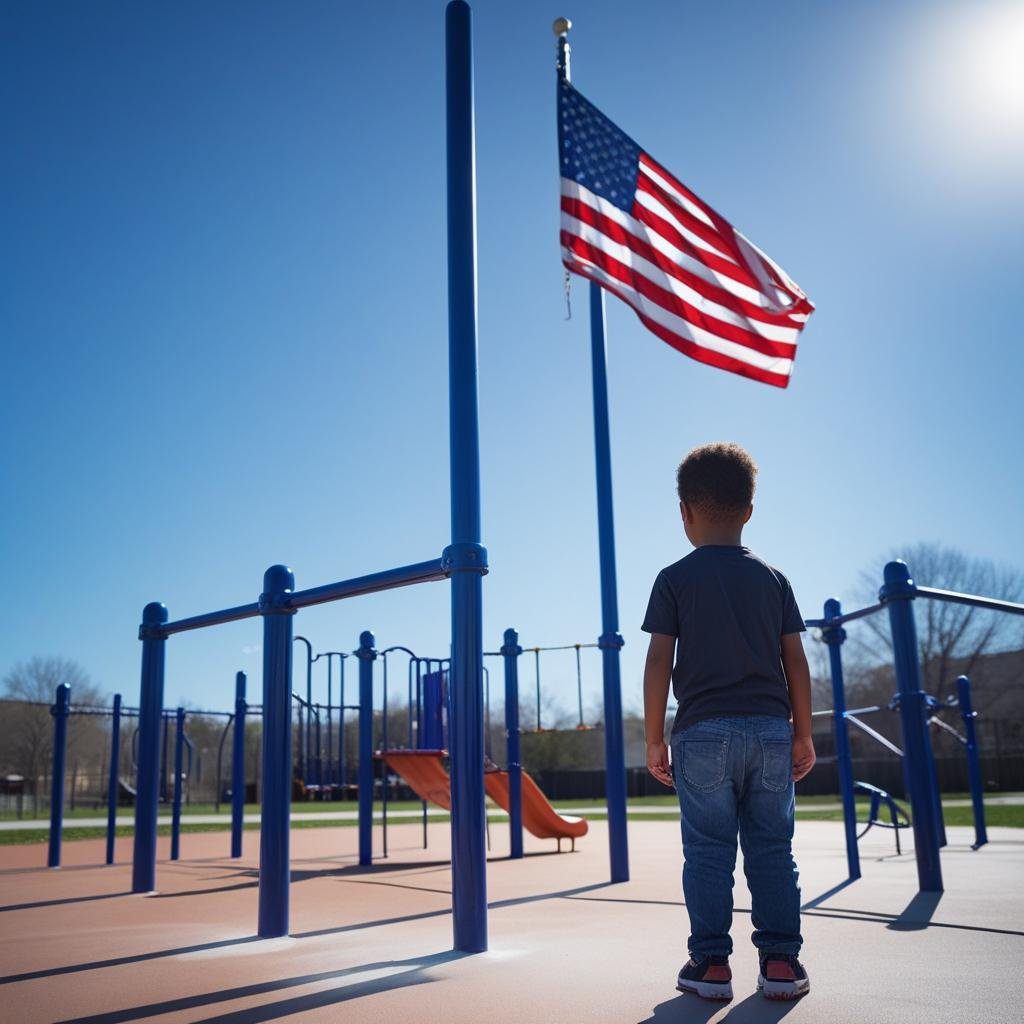In America, childhood is meant to be a time of innocence, imagination, and growth. Yet, in rare and tragic cases, children have crossed a line so dark that it rattles entire communities and challenges our understanding of innocence itself. These are real stories of America’s youngest murderers.
These children committed acts that shocked the nation and left deep scars on the victims’ families. Each case serves as a chilling reminder that violence knows no age and that even the youngest can carry out the unthinkable.
Read More
In America, childhood is meant to be a time of innocence, imagination, and growth. Yet, in rare and tragic cases, children have crossed a line so dark that it rattles entire communities and challenges our understanding of innocence itself. These are real stories of America’s youngest murderers.
These children committed acts that shocked the nation and left deep scars on the victims’ families. Each case serves as a chilling reminder that violence knows no age and that even the youngest can carry out the unthinkable.
Read More
In America, childhood is meant to be a time of innocence, imagination, and growth. Yet, in rare and tragic cases, children have crossed a line so dark that it rattles entire communities and challenges our understanding of innocence itself. These are real stories of America’s youngest murderers.
These children committed acts that shocked the nation and left deep scars on the victims’ families. Each case serves as a chilling reminder that violence knows no age and that even the youngest can carry out the unthinkable.
Read More

